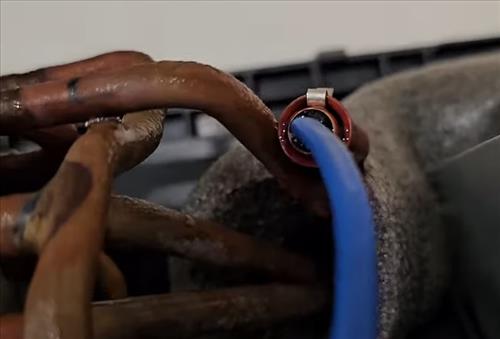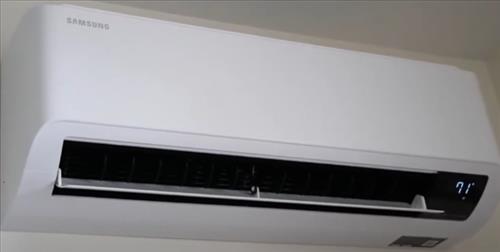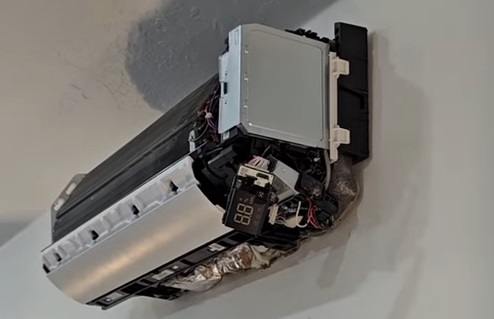- E123 error code is an Indoor heat exchanger air temperature sensor error.
- Causes include a faulty air temperature sensor or heat exchanger sensor open/short.
- Poor connections or damaged wiring between the sensors and the control board will also cause issues.
- Extreme temperatures or humidity levels can affect the performance of the sensor, leading to errors in temperature readings.
- If a sensor is not properly positioned, it may not be able to accurately measure the temperature.
- Power surges or fluctuations in the electrical power supply can damage the sensor.
What is a Mini Split E123 Error Code?
A Samsung mini split E123 error code is an Indoor unit heat exchanger out temperature sensor error (Open/Short).
The code points to an issue with indoor heat exchanger (Indoor coil) sensors and air temperature sensors.
There are usually two sensors on the indoor coil and one temperature sensor.
Two of the sensors are for the indoor heat exchanger (indoor coil), and the third sensor measures the indoor air temperature. If one of these sensors is shorted or open, it will cause the E123 error code.
What are the Most Common Causes of a Samsung Mini Split E123 Error Code
- Open or Shorted Air Temperature Sensor
- Open or Shorted Indoor Heat Exchanger Sensor
The code is set when there is a wiring issue with the Indoor unit heat exchanger or temperature sensor.
This is the most common fix, but the sensor will need to be tested to verify they are bad.
The issue can also be in the circuit board of the unit.
How to Fix an E123 Mini Split Code

The Air Temperature (Ambient) Sensor Indoor heat exchanger sensors will need to be tested for an open or short to see which has failed.
Both types of sensor resistance can be checked to see if they are in range or out of range.
The resistance levels will need to be looked up by the model of the mini split to see what the resistance levels should be.
Alternatively, the sensors can be swapped out to see if the problem clears, but it is best to verify they have failed if possible.
To diagnose the problem, the indoor unit will need to be removed to gain access to the sensors.
It is best to refer to the service manual for your specific Samsung unit to know where all the sensors are located and the resistance values.
A Molex connector will be attached to an indoor circuit board and go to each sensor.

